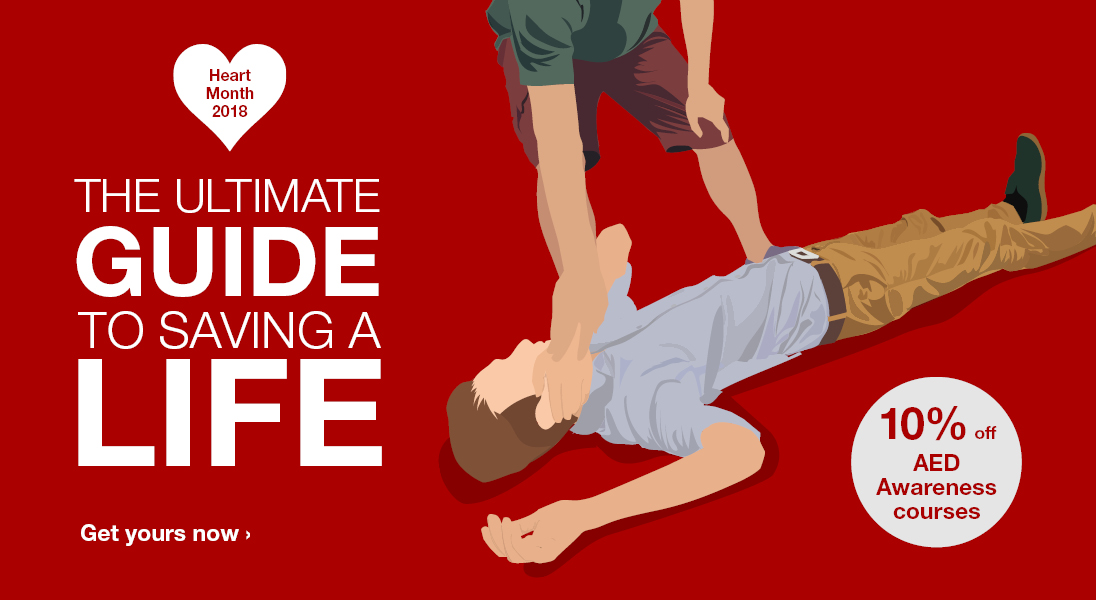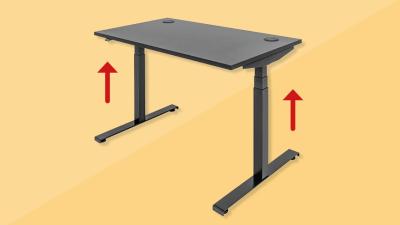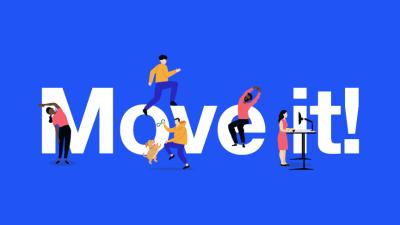For Heart Month 2018 we're raving about the importance of first aid and defibrillation training in the workplace.
It takes just two hours to train staff to use an automatic external defibrillator (AED) in a life threatening situation, and just two minutes to read our ultimate guide to saving a life at the end of this post. But first things first...
Why might cardiac arrest happen at work?
A cardiac arrest is when the heart's rhythm is disrupted and electrical activity becomes so chaotic that the heart either quivers (fibrillates), or stops pumping blood altogether.
Cardiac arrest can occur as a result of a heart problem like congenital heart disease but it can also happen during: - electrocution - significant blood loss - drowning. Within 20 seconds of the heart stopping, the person becomes unconscious. After three to four minutes, brain activity stops. This is why it is so important to start CPR and defibrillation as quickly as possible.
Preparing for emergencies should be a critical part of your health and wellbeing strategy. You can start by sharing our 'Ultimate guide to saving a life' with colleagues.













